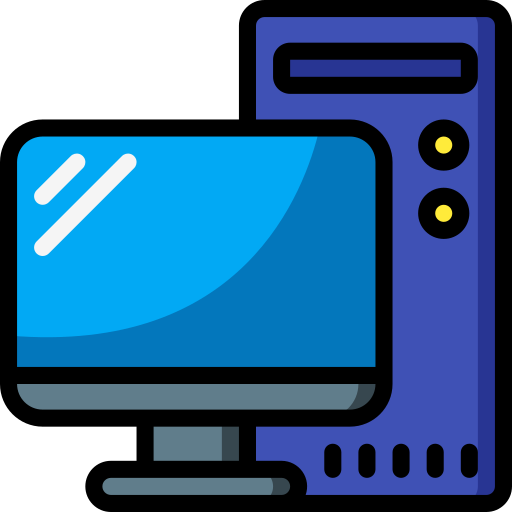Mooching off this other post
Primary question: What do people do for their reverse proxies (and associated ACME clients)? Do you have a single unified one? Or do you use separate proxies for each stack? Or some mess in between?
My use case question: For example, I have a (mess that is a) Nextcloud instance with a separate stack with nginx and ACME, a SearXng that wants to run caddy (but has shoved into the nginx).
But now I have a Lemmy docker that has a custom(?) nginx instance, should I just port it to my existing nginx or run them side by side?



Yeah, this experience with Traefik lines up pretty well with mine. It can be a steep learning, and the fact that half the search results out there are for Traefik v1 (with a completely different configuration syntax to v2) doesn’t help. But once it’s up and running, the dynamic configuration based on container labels is pretty darned nice.
You could switch to Podman, in which case you’d give it a non-root, read-only socket that isn’t the keys to the kingdom. Or maybe rootless Docker would be an easier switch and still give you some of those benefits.
Podman is on my todo list! I like the ideas behind Podman and because I am already familiar with docker containers, I hope that I can transfer most of my stuff over almost pain free. But I heard the linuxserver.io images are unsupported on podman/rootless docker and might give me trouble. We’ll see!
On the other hand, I have recently fallen in love with NixOS and would love to consolidate on a common Nix config for all my servers, Raspberries and maybe eventually desktops. It’s the perfect time to try out podman!
I don’t know about pain-free. :D See my earlier post on the topic: https://lemmy.world/post/213870
But it might be worth it anyway depending on your needs! Trying out NixOS sounds cool though… I’ve been meaning to look into that.